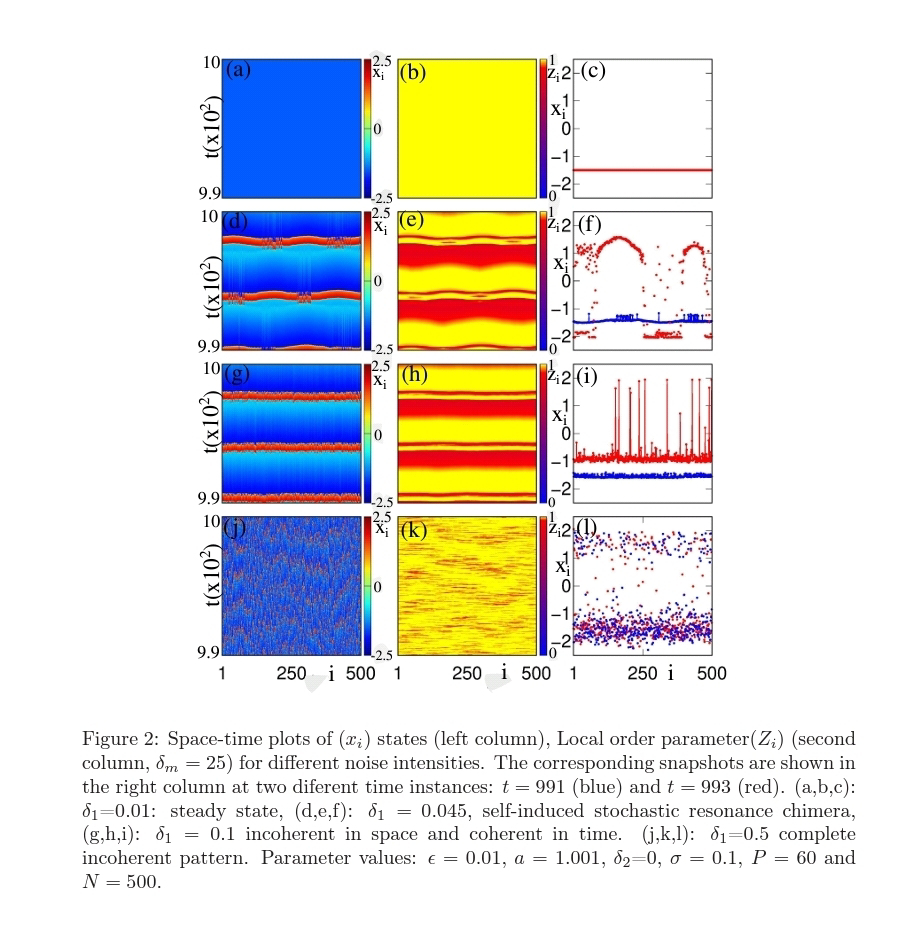<< In 2013, the American virologist Ralph Baric approached Zhengli Shi at a meeting. Baric was a top expert in coronaviruses, with hundreds of papers to his credit, and Shi, along with her team at the Wuhan Institute of Virology, had been discovering them by the fistful in bat caves. In one sample of bat guano, Shi had detected the genome of a new virus, called SHC014, that was one of the two closest relatives to the original SARS virus, but her team had not been able to culture it in the lab. >>️
<< Baric had developed a way around that problem—a technique for “reverse genetics” in coronaviruses. Not only did it allow him to bring an actual virus to life from its genetic code, but he could mix and match parts of multiple viruses. He wanted to take the “spike” gene from SHC014 and move it into a genetic copy of the SARS virus he already had in his lab. The spike molecule is what lets a coronavirus open a cell and get inside it. The resulting chimera would demonstrate whether the spike of SHC014 would attach to human cells. >>️
<< Just as when you trade in part of a poker hand for fresh cards, there was no way of knowing whether the final chimeras would be stronger or weaker. >>
<< If you study a hundred different bat viruses, your luck may run out. >> Ralph Baric.
<< In 2014, the NIH awarded a five-year, $3.75 million grant to EcoHealth Alliance to study the risk that more bat-borne coronaviruses would emerge in China, using the same kind of techniques Baric had pioneered. Some of that work was to be subcontracted to the Wuhan Institute of Virology. >>
<< Consider this hypothetical scenario, (..) An important gain-of-function experiment involving a virus with serious pandemic potential is performed in a well-regulated, world-class laboratory by experienced investigators, but the information from the experiment is then used by another scientist who does not have the same training and facilities and is not subject to the same regulations. In an unlikely but conceivable turn of events, what if that scientist becomes infected with the virus, which leads to an outbreak and ultimately triggers a pandemic >> Anthony Fauci (director of the NIH’s National Institute of Allergy and Infectious Diseases) (2012).
️
<< Paul’s grilling of Fauci brought new scrutiny to the relationship between Ralph Baric’s lab at UNC and Zhengli Shi’s at WIV, with some narratives painting Baric as the Sith master of SARS and Shi as his ascendant apprentice. They did share resources—for example, Baric sent the transgenic mice with human lung receptors to Wuhan. >>
️
<< During a hearing on May 11, 2021, Senator Rand Paul confronted Anthony Fauci over funding of bat-virus research by the National Institutes of Health. >>️
<< The NIH has still not fully explained its decision-making and did not reply to questions. Citing a pending investigation, it has declined to release copies of the grant that sent the Wuhan institute about $600,000 between 2014 and 2019. It has also revealed little about its new system for assessing gain-of-function risks, which is carried out by an anonymous review panel whose deliberations are not made public. >>️
️
Rowan Jacobsen. Inside the risky bat-virus engineering that links America to Wuhan. China emulated US techniques to construct novel coronaviruses in unsafe conditions. MIT TechRev. Jun 29, 2021.
Also
<< " ... e Da-Li' si sparse pell' aere un fantasmatico ente supersintetico supercompresso ... >> in: ️2153 - cracker tendenziali (around a matter-sucking maelstrom). Notes. Apr 4, 2008. (quasi-stochastic poetry)
<< in attesa del beffardo tsunami. >> in: 1619 - onda di carambola. Notes. Nov 29, 2004. (quasi-stochastic poetry).
️
keyword 'virus' in Notes (quasi-stochastic poetry)
keyword 'virus' in FonT
keyword 'caos' | 'caotico' in Notes (quasi-stochastic poetry)
FonT
no surprise, no amazement here, I know chickens behaviors.
<< Ricordo che quando si era ragazzi, negli anni sessanta, ... >> in: 2157 - il pino di takata matsubara. Apr 1, 2011. Notes.






